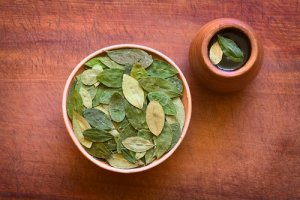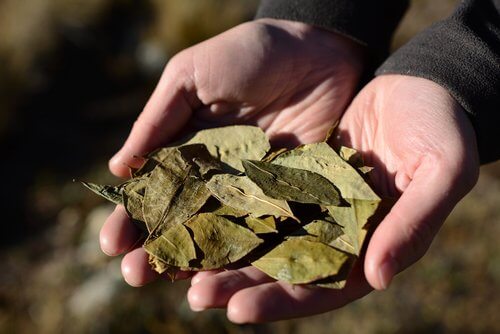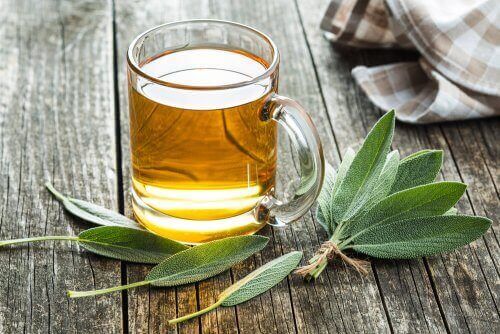Coca Leaf Infusion and Its Surprising Health Benefits

Coca leaf infusion is a popular drink in South America. Originally from the Andean regions where they’ve been consuming it for hundreds of years. People also know it as “mate” or “coca tea.”
This drink has an effect similar to that of coffee; so, it’s a light stimulant, not a drug (such as cocaine).
What is the coca leaf?
The coca leaf (Erythroxylum coca) is native to the Andean areas of Bolivia and Peru, although it has also spread to Colombia, Ecuador, Chile, and Argentina. In these countries, you drink it in the form of “mate” or “coca tea,” which is the infusion of this medicinal plant.
Traditionally, people drink it after a meal to facilitate digestion and they sweeten it with a little sugar or honey. They also consume it as we do coffee, to wake up and continue their activities with energy. This is very useful when walking through mountainous areas or doing sports there.
Coca leaves have and continue to be used in the Andean regions of South America to prevent altitude sickness and mild pain. This is because they have a local anesthetic effect.

It’s not a good idea to consume coca leaves or infusion in large quantities. It’s best to try it and, if it’s included in the routine, drink it in moderation and after consulting with a physician.
Likewise, people chew coca in the popular sphere to increase the flow of oxygen to the blood and brain. This is commonly known as coking, acullico or chacchado, which consists of chewing it until you make a bolus that then dries and you can smoke.
But is it legal to consume this drink? Yes, indeed.
Health benefits
Dr. Alfonso Zavaleta states the following:
- Coca is not food nor does it contain nutrients.
- The coca leaf (and the flour) contains toxic alkaloids and eating it isn’t harmless to human beings. Thus, this means it can cause several alterations.
- Coca leaf alkaloids don’t contribute to your health and none of the coca leaf alkaloids increase cellular oxygen.
- Coca leaf and flour don’t have any nutritional benefits. Likewise, they’re not harmless and their nutritional value is questionable, with the exception of vitamin A.
- You absorb vitamin A during coking but there’s no proof of good absorption of other vitamins (B and C) or calcium or phosphorus from coca leaf powder
- It has no fat digestion compounds and doesn’t have any slimming properties. So, it is not a fat-burning product.
- Coking has zero nutritional value.
Should you drink coca leaf infusion?

What you should keep in mind is that if you decide to include coca leaf in your diet, make sure you remember what you’ve read here. And make sure to talk to your doctor first; you need to take care in order to avoid discomfort such as stomach pain, vomiting, diarrhea, etc.
You should also keep in mind that if you’re taking medication, you should always mention this to your doctor before trying natural remedies, in order to avoid interactions and adverse reactions.
All cited sources were thoroughly reviewed by our team to ensure their quality, reliability, currency, and validity. The bibliography of this article was considered reliable and of academic or scientific accuracy.
- Bailey BA. Purification of a protein from culture filtrates of Fusarium oxysporum that induces ethylene and necrosis in leaves of Erythroxylum coca. Phytopathology, 1995 – apsnet.org
- Gonzales-Carazas EF, Melgarejo-García GC, Chávez-Conde LK, Arellán-Bravo LJ, Carbajal-Lázaro E, Cabrera-Gómez YA, Quiróz-Sáenz GM, García-Antúnez IN, Llanto-Aguirre M, Choque-Nolasco FG. Efecto terapéutico del extracto etanólico de Erythroxylum coca spp. en anemia ferropénica inducida en ratas Holtzman macho. An. Fac. med. Lima 2013;74(1)
This text is provided for informational purposes only and does not replace consultation with a professional. If in doubt, consult your specialist.








